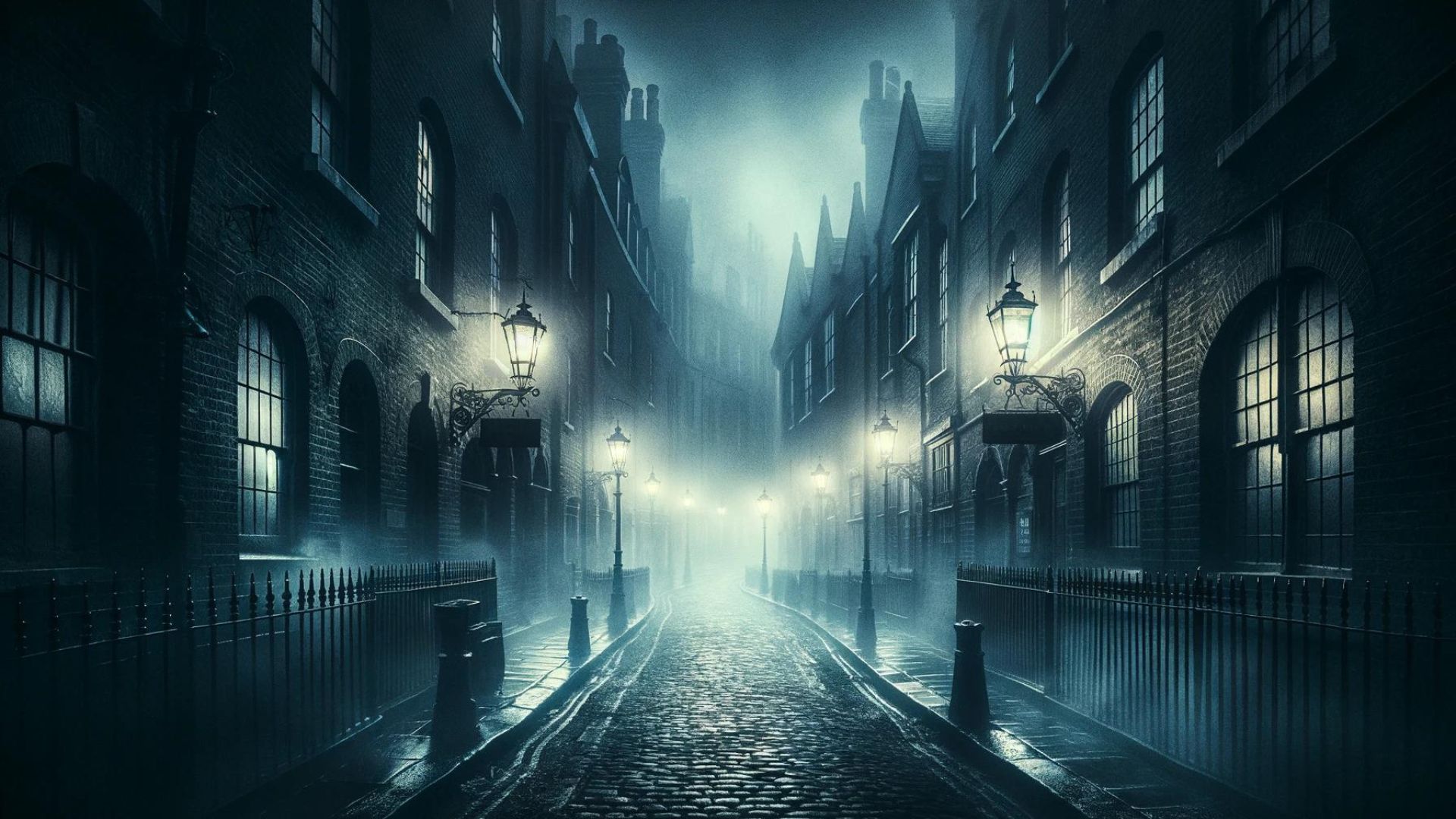Jack the Ripper
The year is 1888. London’s East End, especially the impoverished district of Whitechapel, teems with desperation. Its labyrinthine alleys, dimly lit by gas lamps, offer both anonymity and escape. But something sinister now lurks in these shadows. A phantom killer the press will christen “Jack the Ripper” stalks the streets, preying on women driven to the fringes of society.
The Ripper’s murders were chillingly brutal. Each victim was mutilated with chilling precision, gruesome trophies sometimes removed from their bodies. Terror gripped Whitechapel. Newspapers fanned the flames with sensationalized reports, fueling both public fear and a morbid fascination that persists to this day.
Police investigations were relentless but plagued with challenges. Forensic science was in its infancy, witness accounts were contradictory, and anti-Semitism and class prejudice muddied the waters. Dozens of suspects were considered, from rogue doctors to scorned lovers. Each time a new name surfaced, hope flickered that the nightmare might finally end, but the murders stopped as abruptly as they began, leaving behind a trail of unanswered questions.
So, who was Jack the Ripper? The truth is, we may never know for sure. But speculation has never ceased. Armchair detectives pore over century-old case files, analyzing the brutality of the crimes for clues to the killer’s psyche. Was he a deranged surgeon with anatomical knowledge? A misogynistic butcher spurred by rage? Or an ordinary man hiding a monstrous secret?
The enduring mystery of Jack the Ripper taps into a primal fear. It reveals the dark underbelly of a supposedly civilized society, where brutality could flourish unchecked. The victims, often nameless and marginalized, finally receive attention, but under the most horrific circumstances. Their lives illuminate the social injustices of the Victorian era and highlight how poverty and desperation could render women shockingly vulnerable.
The case also offers a chilling reminder that violence isn’t confined to history. While the Whitechapel of the 1880s is a far cry from our modern world, the Ripper’s crimes remind us that the darkness within human nature remains a chilling constant. The Ripper became a bogeyman, a symbol of the unknown predator that might lurk anywhere. The fact that the case was never solved, feeds this lingering unease.
Despite extensive theories and even supposed confessions, the true identity of Jack the Ripper remains an enigma. Perhaps it’s this lack of closure that keeps the story so captivating, even after over a century. Engage with the theories, debate the motives, but remember the victims at the heart of this story. True crime can be enthralling, but by understanding the real-world impact of violence, we may be better equipped to prevent similar tragedies in the future.
Why Should You Care?
- Historical Insight: The Jack the Ripper case offers a chilling glimpse into London’s Victorian underbelly, exposing the class divides and the dangerous conditions faced by marginalized women.
- Understanding Criminal Psychology: Though the case is unsolved, it fuels analysis of criminal behavior, violence, and the investigative methods of the time.
- The Ethics of True Crime: The Ripper’s notoriety raises questions about how we consume true crime, ensuring respect for the victims and understanding the impact of violence, past and present.
Key Takeaways
- Brutal Crimes: Jack the Ripper’s murders were particularly gruesome, revealing the darkness that can exist within human nature.
- Unsolved Mystery: The lack of definitive answers fuels endless theorizing and makes the case a timeless source of fascination.
- Social Context: The crimes highlight the vulnerability of women in Victorian society, driven by poverty and lack of protection.
- Legacy of Fear: The Ripper became a symbol of the unknown predator, playing on primal fears that persist today.
Keywords
- Jack the Ripper: The unknown serial killer who terrorized Whitechapel, London in 1888.
- Whitechapel: The impoverished district in London’s East End where the Ripper’s victims were found.
- Victorian Era: The period of Queen Victoria’s reign (1837-1901), marked by social and technological change.
- Serial Killer: A murderer who commits two or more separate murders, often with a psychological motive.
- Forensic Science: The application of scientific techniques to the investigation of crimes.
- Anti-Semitism: Hostility, prejudice, or discrimination against Jewish people.
- Misogyny: Hatred of, aversion to, or prejudice against women.
- Marginalized: People treated as insignificant or excluded from mainstream society.
- True Crime: A non-fiction genre focusing on real-life criminal cases.
- Bogeyman: A monstrous figure used to frighten children, or more generally, an object of persistent fear or anxiety.
Frequently Asked Questions
- How many victims are definitively attributed to Jack the Ripper? The “canonical five” victims are widely agreed upon, but some researchers debate whether others may be connected.
- Were there copycat crimes? The media frenzy may have inspired some copycat attacks, complicating the investigation at the time.
- What are the most popular Jack the Ripper suspect theories? Doctors, members of the royal family, and even a woman disguised as a man (“Jill the Ripper”) have been theorized as the culprit.
Myth Buster
- Myth: Jack the Ripper is still actively killing.
- Reality: The canonical Ripper murders are believed to have occurred within a short period in 1888. Any subsequent crimes, while tragic, likely aren’t connected to the original case.
Let’s Talk
- Do you think it’s likely Jack the Ripper’s identity will ever be definitively known? Why or why not?
- How do you think the media coverage of the time may have affected public perception and even the investigation itself?
- Does the focus on the mystery of the Ripper overshadow the tragedy of the victims? How can we balance fascination with respect?
Let’s delve deeper into this fascinating and disturbing case in the comments below.











0 Comments